#FASTWÜRMS
Text
Mémoire matérielle : l'exposition à découvrir au pavillon de Plural (CA)
Melanie Colosimo, When is a fence a ladder?, 2021-22,The Blue Building Gallery, Photo © Ryan Josey (détail)
Du 12 au 14 avril 2024
L’Association des galeries d’art contemporain (AGAC) est ravie d’annoncer aujourd’hui l’exposition Mémoire matérielle, qui sera présentée au Pavillon du deuxième étage de la foire Plural, du 12 au 14 avril prochain.
Commissariée par evlyne Laurin, Mémoire…

View On WordPress
#200 de la Commune W#Agac#Alexandra Levasseur#Amélie Proulx#Artys Transit#Association des galeries d&039;art contemporain (AGAC)#Banque national du Canada#Brendan Lee Satish Tang#Cassie Suche#Charlene Vickers#Chun Hua Catherine Dong#Dominic Papillon#Erin Shirreff#Erin Vincent#evlyne Laurin#FASTWÜRMS#Galerie Hugues Charbonneau#Ghazaleh Avarzamani#Ginette Legaré#Janet Macpherson#Jennifer Rose Sciarrino#Judy Chartrand#Kevin Yates#La boule blanche#Laura Moore#LGBTQ+#Lindsay Montgomery#Manuel Mathieu#Marie-Ève Fréchette#Mémoire matérielle
0 notes
Photo
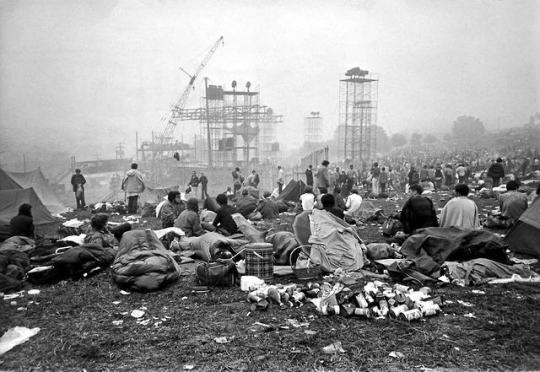
Gary Azon, Woodstock Festival, August 8, 1969
Tomorrow, August 16, 2019, Fillip and Plug In ICA will launch Stagelessness, grupa o.k.’s visual essay on the history and evolution of the stage, at the opening event of the STAGES Biennial in Winnipeg, Manitoba. Curated by Plug In ICA’s director Jenifer Papararo, the biennial features works by Raymond Boisjoly, Daniel Buren, Fastwürms, Kenneth Lavalee, Joar Nango, Silke Otto-Knapp (whose work also appears in Stagelessness), and Andrea Roberts.
#gary azon#woodstock#stages#biennial#stagelessness#fillip#plug in ica#audience#apparatus#concert#festival#grupa o.k.
42 notes
·
View notes
Photo

Hey Friends!
I just kinda wanted to fill some people in on what’s happening in the world. This year on July 1st, Canada will be celebrating it’s 150th anniversary of becoming a federated country. This is where it gets fun. As part of my BA, I was offered the chance to work with my professors, the Fastwürms (an artist collective), to work with indigenous artists as part of the #Landmarks2017 project. It’s been such an honour to work with curators and artists alike in brainstorming and creating pieces for this event.
What I wasn’t expecting was learning knowledge that reset my daily visual lens. As part of our course, we read through the Truth and Reconciliation Council’s Summary (which can be read here). While as a Canadian I had been schooled on the barebones level of Residential Schooling, I didn’t know how far it went. Residential Schooling was an effort in part by the government to assimilate aboriginal persons into “White Christian” society. While this might sound like an event from before confederation, you’d be right, but even I didn’t know how far the extent reached. The last Residential School closed in 1998.
Think about that. I was 2 when the last residential school was closed, yet I had always learned that this was a part of past long forgotten history. Residential schools tore apart the connection of youth to their culture. Often forcing them to become Christian themselves, being punished for using their mother tongue, and when rampant diseases were left untreated, and children died, their bodies were buried in an unmarked grave adjacent to the school. They were often recorded as denying the return of the child's body to their won parents. Some schools didn’t even keep track of the names of children who died, just a vague list of age and sex.And this was legal. 100% legal, government encouraged practice.
In the case of the location we had been assigned to, Beausoleil Island, the persons had been screwed from first contact. They were encouraged to give up their nomadic lifestyle, even though it had served them well for thousands of years. They were given crops and animals to grow in exchange for better weaponry and new luxuries of the new world (as well as protection from feuding nations). When their crops inevitably failed, they were offered a better piece of land nearby, and have yet to return. This shift happened around 1856. If you’re doing the math at home, Confederation happened in 1867. That’s right: The Beausoleil First Nations were removed from their lands even before Canada was an actual thing. In fact, while working on the project, some Beausoleil First Nations persons we were working with, set foot for the first time on Beausoleil even though they were well into their 50′s.
We’re still talking about ever-loving, ever-apologizing Canada though. This was something that I felt especially attached to, as my Maternal Great-Grandfather was Métis. They lived in Northern Quebec (in a town no longer existing), and while my Grandpapa will never talk about him, nor any events surrounding Residential Schooling, the flags remain that my family was probably assimilated into the lifestyle I live today. I have no knowledge of his name, his ancestral group or even if I’m allowed to call myself Métis by governmental standards (a current problem involving blood percentiles, a whole different rant).
That’s why I created the signs above. While the people still exist and many yelling out in a mantra “We’re still here”, their lands no longer belong to them. Many stereotypes (including the drunken red skin, and the ever present problem of missing/murdered aboriginal women) are only there because the people lost their connection to their land. Imagine spending your entire life living off the land, being near water every day and hearing the cry of wolves at night, only to be moved into the middle of a bustling suburbia where cars drive past all day and all night with no sustenance than that given by the government. Your homes are falling apart because the budget for housing dropped in favour of food stamps, you have to travel hours just to be told you’re not allowed near your traditional lands. This is what they deal with, this isn’t fair. Ths is my attempt to bring light to their daily life. They’re real people. They have 150+ years of colonization to celebrate. #Resistance150
#Landmarks2017#Resistance150#Beausoleil First Nations#Residential Schooling#Residential schools#Art in progress#Canada 150th#Canada#Landmarks#Sculpture#Intervention#truth and reconciliation#start the conversation#Open the conversation#Be informed
1 note
·
View note
Photo

This nicely* backlit photo is of the Woodpecker Column by Fastwürms, taken from one of the windows at the Metro Toronto Convention Centre. My ex, my son, and I were in Toronto for the 2003 World Science Fiction Convention and were staying in the Holiday Inn (I’ve wasted entirely too much time trying to figure out what hotel is there now, but I think it’s the Bisha) and somehow ended up taking a covered walkway to the convention center. The first time I saw this, I thought it was awesome, and also a little odd, so I took this picture.
I used one of those little disposable cameras, so I didn’t see the final picture until much later. If I’d’ve realized just how backlit it ended up, I would have taken another one at a different time of day.
And now I have to figure out how to add dates before 2009 to one’s Google Timeline, now that I’ve worked out exactly what dates we were in Toronto.
*That’s sarcasm. Dammit sun, why do you have to make so many of my pictures so badly backlit?
1 note
·
View note
Text
Fastwürms and Adrian Stimson open Friday Jan. 11, 7-11pm at PPCA
To usher in the new year, Paul Petro Contemporary Art is pleased to ... "4V4LON-5" is the seventh installation by FASTWÜRMS to be presented at ...
0 notes
Photo
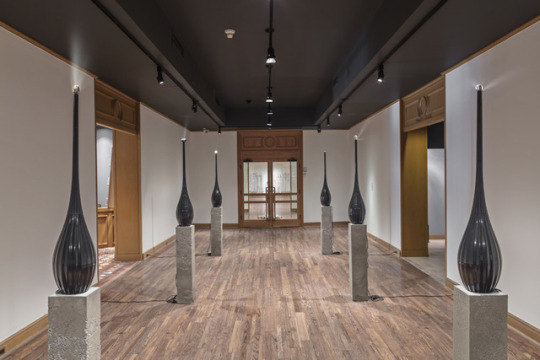
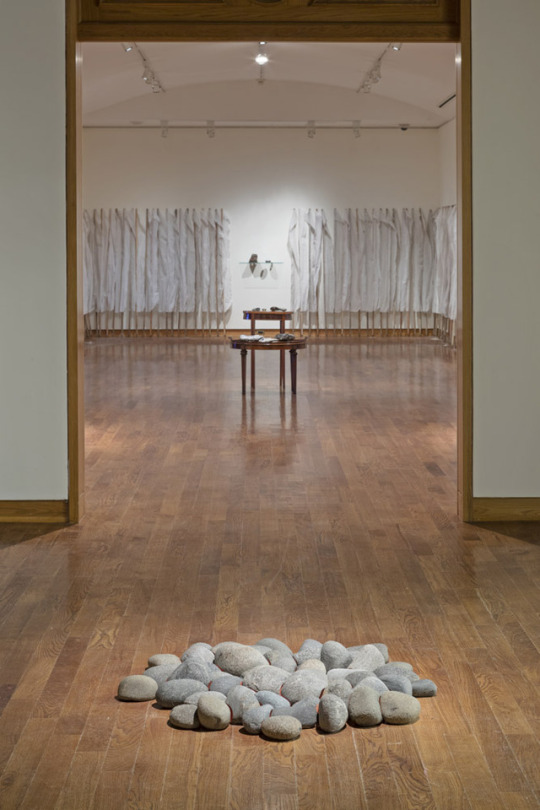
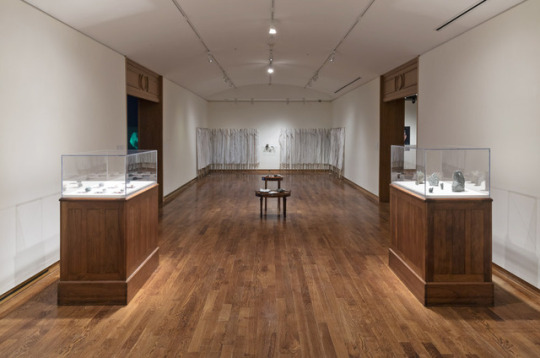
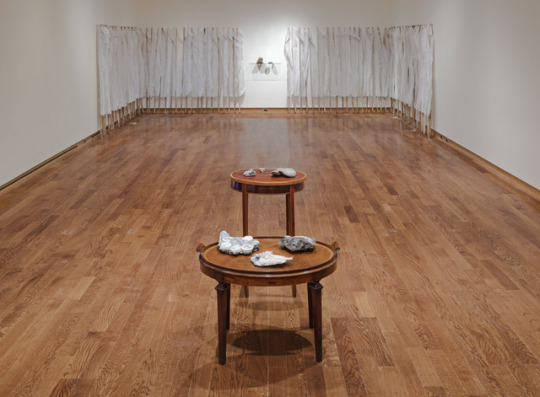

Rocks, Stones, and Dust at the University of Toronto Art Center in 2015.
rocksstonesdust.com
Featuring Michael Belmore, Bonnie Devine, Jimmie Durham, FASTWÜRMS, Jason de Haan, Spring Hurlbut, Kelly Jazvac, Susanne Kriemann, Lindsay Lawson, Nicholas Mangan, Marcelo Moscheta, Kerri Reid, Egill Sæbjörnsson, Lucy Tasseor Tutsweetok, and Lawrence Weiner.
Rocks, Stones, and Dust is an exhibition devoted to rocks and their relations. It surveys diverse speculations on the roles that rocks play in the development of human culture and how they exist to and for themselves. Rocks are everywhere—they are in our tools, architecture, philosophy, and theology, beneath our feet, and flying far above our heads—but this ubiquity sometimes masks their ontological significance. Rocks are prototypically non-human and are characteristic of the least animated object in our world, yet stones are born; they move, age, and breed. Some ask us to pick them up off the side of the road and carry them with us, and others invite us to stare into their surfaces to look for inner truths. In their omnipresence, rocks can go unnoticed, but within object-oriented philosophies, aboriginal epistemologies, panpsychism, and countless other systems of knowledge, rocks are recurring characters that show us how even in what seem to be the least mobile of things, we can find life. The works brought together in Rocks, Stones, and Dust address this vitality and unearth the role rocks play in helping us understand questions of beingness outside of human being.
0 notes
Photo
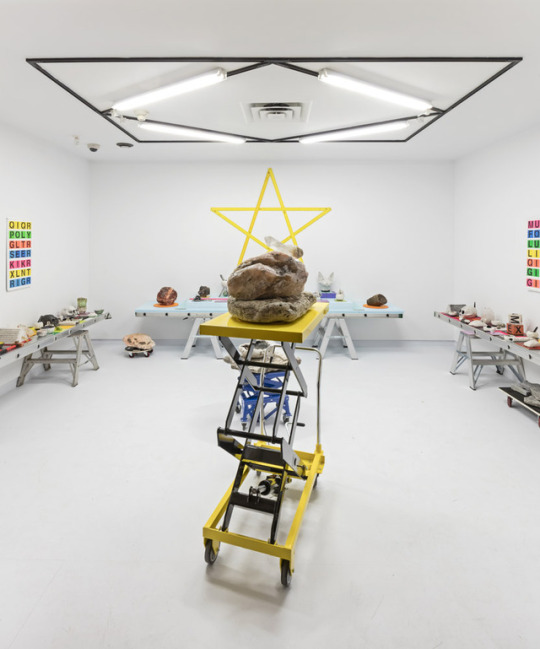
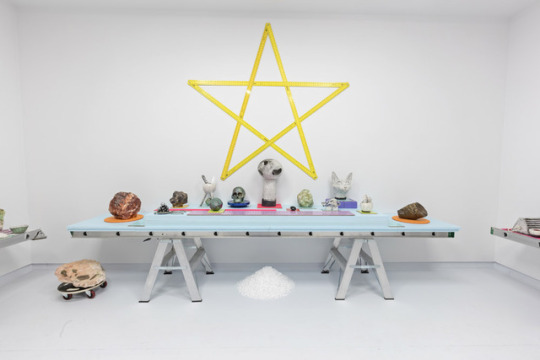


FASTWÜRMS, C.A.T. (Core Affect Traffic), 2015. Raku, geological samples from FASTWÜRMS collection, and C.A.T. system configurations and iconography.
Exhibited as part of Rocks, Stones, and Dust at the Art Museum at the University of Toronto in 2015. rocksstonesdust.com
C.A.T. is a future system or things-net for moving and connecting human emotions using inner Earth dynamics. The early Earth accretion phase and first eon iron catastrophe created a core dynamo that powers our magnetic field and the C.A.T things-net. As a self-organized network with fractal properties and spontaneous emergent structures, C.A.T. is sentient evolution.
To break down this description:
"As a self-organized network with fractal properties and spontaneous emergent structures..." This is from scientific discourse about the Internet. When the Internet was being constructed engineers thought that it would function like other existing communication systems. So for example, they designed routers to use standard traffic-control algorithms. In 1995 the functional fractal properties became apparent, and it was a big surprise. The Internet is a system with the same properties as biological evolution. In this context 'fractal' is short for a system that exhibits the same properties at every range of scale, local/global, short time frames/ long time frames, etc.,.
"C.A.T. is sentient evolution". Scientific discourse around the Internet and sentience is complex, but most observers agree that the Internet is already 'meta-sentient'. Just like the internet, and life on this planet, C.A.T. does not have a controlling entity, and will evolve with spontaneous emergent structures.
C.A.T. is an enminded system. Panpsychism explains how this is possible without emergentism, but C.A.T conflates both the mind-is-in-all-matter and emergence positions into the fluid dynamics and magnetic flow of Core Affect Traffic.
Mind, matter and affect are co-extensive in C.A.T. (in equipoise)
Paramenides:
As the crasis of the body, mixture of much-beaten limbs,
So too is mind for man. It is the body grows to mind.
All beings desire the same thing, apprehend the same.
The plenum is thought, and thought preponderates.
-FASTWÜRMS, 2015
0 notes